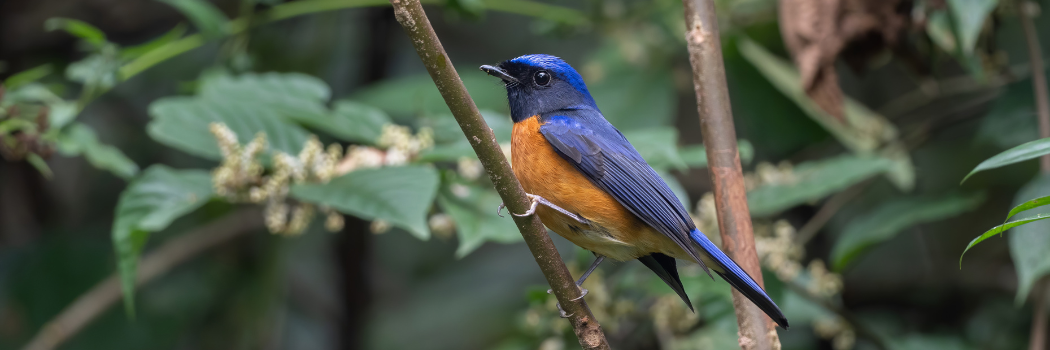
A pioneering scientist from our Department of Biosciences along with colleagues from University of Florida, USA, Centre for the Synthesis and Analysis of Biodiversity (CESAB), France, and Massey University, New Zealand have found that brightly and uniquely coloured songbirds are in greater danger of extinction and are more likely to be traded as pets.
The researchers also predict that almost 500 additional bird species, most of them living in the tropics, are at risk of future trade based on their unique and desirable coloration.
Envisaging risk of extinction
The researchers made predictions of species not yet traded but of high likelihood of future trade based on the association of colour with human decisions to select species for trade.
Their analysis shows that the tropics are the epicentre of bird colour, with 91% and 65% of the world's most diverse and uniquely coloured assemblages of songbirds, respectively.
They further state that pet trade, which affects 30% of all bird species, targets clusters of related and uniquely coloured birds.
While one might expect brilliant blues, oranges, and yellows to put species at risk, the researchers were also surprised to discover that pure white is a unique colour found in many sought-after species, such as the endangered Bali myna.
Regulated trading of birds
The researchers stress the importance of understanding what motivates traders to target particular at-risk species and suggest trading of these birds must be proactively monitored and regulated to minimise risk to wild populations.
The research findings overall highlight that the same colour features that make some people willing to travel around the world for a mere glimpse of a bird through binoculars also potentially puts them at risk for pet trading.
The findings have important implications for conservation of nature's aesthetic value and the threatened species that contribute to it.






